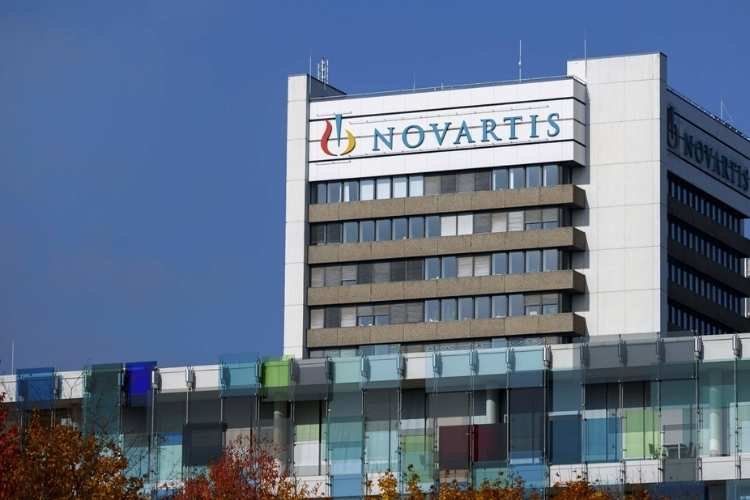Over half a decade since its inaugural FDA approval, Novartis is championing promising trial outcomes for Lutathera, positioning it as a primary treatment against the uncommon cancer responsible for the demise of Apple’s co-founder, Steve Jobs.
This rare form of cancer is known as gastroenteropancreatic neuroendocrine tumors (GEP-NETs). Novartis revealed on Monday that the study demonstrated the combination of Lutathera and the company’s sustained-release Sandostatin notably prolonged the interval before the advancement of the disease or death in newly diagnosed patients. This was in comparison to using high-dose Sandostatin alone on patients with somatostatin receptor-positive stage 2 and 3 GEP-NETs.
Since 2018, Lutathera has been sanctioned in the U.S. in conjunction with Sandostatin for treating previously diagnosed GEP-NETs. The encouraging results from the phase 3 NETTER-2 trial have now elevated Lutathera as the inaugural radioligand therapy to exhibit a clinically significant benefit in progression-free survival in a primary cancer setting, highlighted by Novartis.
The pharmaceutical giant plans to engage in discussions with regulatory bodies and present the findings at an imminent medical conference.
Neuroendocrine tumors (NETs) are scarce, appearing in the neuroendocrine system throughout the digestive tract, lungs, and pancreas. While grade 1 tumors exhibit slow growth, their higher-grade counterparts display increased aggression.
The treatment landscape for NETs is limited. Apart from Lutathera and Sandostatin, Novartis’ Afinitor and Pfizer’s Sutent are also enlisted for NET treatment. In 2020, Hutchmed introduced surufatinib in China, but it faced an FDA rejection last year, with a subsequent withdrawal from the European Medicines Agency.
Lutathera, representing Novartis’ first venture into radiotherapy, achieved $299 million in sales in the first half of the current year, marking a 42% escalation compared to the same timeframe last year.
“These positive results for Lutathera are quite remarkable and they represent the potential for radioligand therapy to make a meaningful impact for newly diagnosed patients living with advanced GEP-NETs. Exploring the use of radioligand therapies in earlier lines of treatment for patients with cancer is part of our larger, collaborative effort to precisely deliver novel treatment modalities directly to the cancer cells to improve patient outcomes.”
– Jeff Legos, Executive Vice President, Global Head of Oncology Development at Novartis
However, Novartis’ subsequent radiopharmaceutical product, the prostate cancer treatment Pluvicto, has overshadowed Lutathera’s success. Approved last March, Pluvicto amassed $451 million in half-yearly sales in 2023.
Related: Novartis Announces Strong Revenue Growth, Share Buyback, And Sandoz Separation
Novartis, aiming to elevate Pluvicto’s applicability in earlier treatment phases, recently celebrated a victory in the phase 3 PSMAfore trial. This positive outcome could pave the way for Pluvicto’s utilization prior to patients receiving taxane-based chemotherapy, potentially multiplying its addressable market.
The clinical achievements of Pluvicto have put Novartis’ radiotherapy production capabilities to the test, resulting in supply shortages earlier this year. Additionally, potential manufacturing issues led to a temporary halt in the production of Pluvicto and Lutathera at facilities in Italy and New Jersey last May.
Novartis is enhancing its radioligand therapy manufacturing capacities and anticipates the inauguration of a new facility in Indianapolis upon FDA approval, expected within the year.
Beyond NETs, Novartis is also exploring the efficacy of Lutathera in phase 2 trials for brain cancer and small cell lung cancer.





























